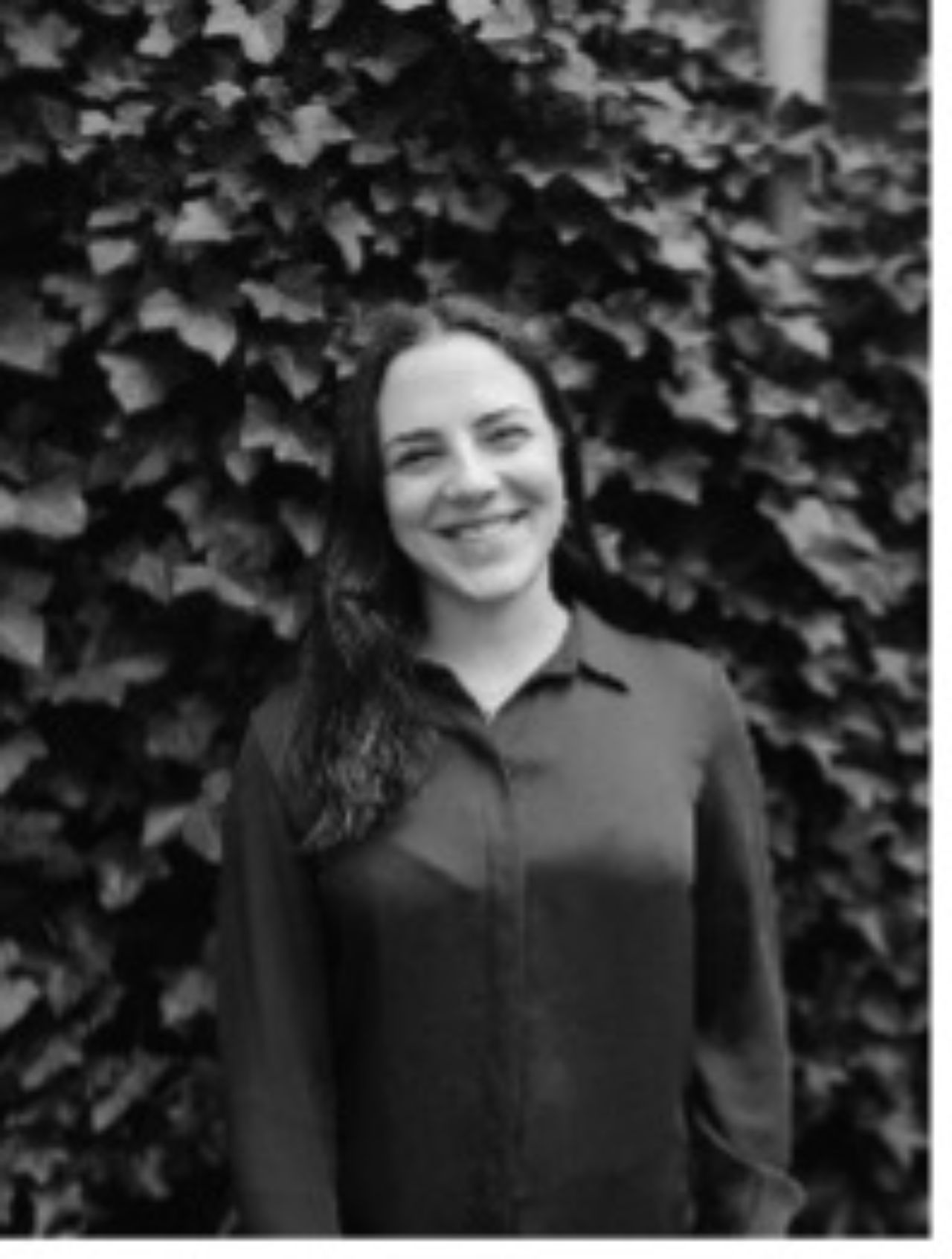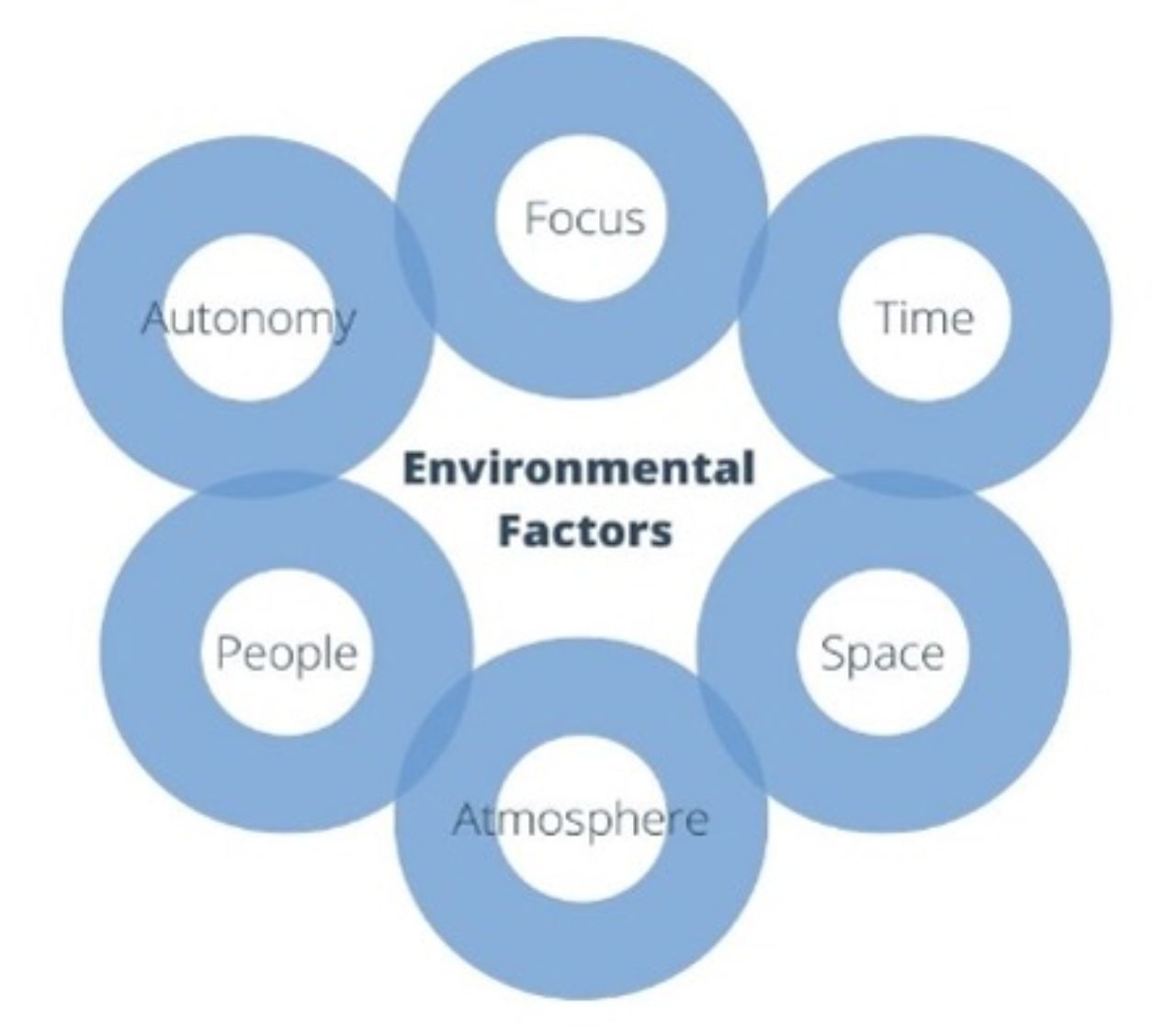The start of this project
One of my absolute favourite ways to spend my time is painting. In this context, I would consider myself a creative person. However, I asked myself if I used this skill at university or could use it more. Furthermore, research conducted by LinkedIn showed creativity to be the number one in-demand soft skill in 2020 (Van Nuys, 2019). Therefore, my research question emerged: How can I bring my full creative potential into a work setting?
To answer my question, I had the opportunity to talk to five people who all had different perspectives on creativity. With the help of my coach, Christoph Hinske, I could reach out to the people in his LinkedIn network, connecting me with artists, entrepreneurs, professionals in the field of innovation and creative processes, and a researcher of mental wellbeing. To all of them, I asked the same question: “What is needed to bring your full creative potential into a work setting?” Which was followed by a semi-structured interview. After each conversation, I developed and adapted a Causal-Loop diagram to help answer my research question. In the following paragraphs, I will share what I learned.

The research
Creativity as problem-solving
First of all, everyone has the potential to be creative, but, as Steven Dahlberg (personal communication, January 7, 2022) mentioned, you need to believe in your abilities to be able to use this. Creativity can be seen as the cognitive ability to think beyond structures or to seek new perspectives. For my research, I decided to define creativity as an approach to problem-solving.
The first step is to identify your problem, what goal you want to reach, and what you need to get there. Then you can start doing research and emerge yourself in the context to get a complete picture. However, interest is required to be motivated to put effort into learning and consequently to gain the necessary knowledge. This knowledge is needed to filter what is valuable and a possible solution. Ideas are ultimately created in the process through ideation, and when a possible solution emerges, it needs to be tested through trial and error. Here the circle starts again, and adaptations are made until a solution is found.

Environmental factors
During ideation, six environmental factors are prominent. The first factor, FOCUS, is distinctive and dependent on the person. While some people cannot work well under stress, others need this pressure to perform. When I asked Tomas Fraile (personal communication, December 20, 2021) what to do when he feels stuck, he said that it is good to take a break and focus on something else for a while. After that, one can come back with a fresh mind and the necessary focus. Tim Harford suggests slow-motion multitasking. The concept of having multiple projects on the go and whenever you feel stuck, you can switch between tasks (TED, 2019).
Generally, you need enough TIME and SPACE to explore your options while having a deadline that allows you to come to an end. Creative processes can give you this space and guide you through it, but sometimes it is enough to just get out of your usual space. As Jean-Francois Mignon (personal communication, December 21, 2021) explained in our conversation: “Problems are complex, so the only wrong thing to do is doing nothing”.
Furthermore, having a diverse team of motivated PEOPLE working with you can foster creativity if the ATMOSPHERE is right. There should be no judgment but trust, and everyone should feel to be able to speak up and make mistakes. Finally, AUTONOMY gives the room to find new pathways and ideas. These last factors are also what organizations or leaders can influence when they wish for a culture of innovation and creativity (B. Jaartsveld, personal communication, January 6, 2022).

Conclusion
To sum up, creativity is a way of thinking that needs to be trained and practised to form a habit. It is practical in an organizational context and can also help in everyday life. In my conversation with Eva Geluk (personal communication, January 11, 2022), I learned that we have a tunnel view and are rigid when we become stressed. Using creativity can help to step out of this feeling. Having the habit of asking yourself, “How can I see the situation differently, and what are my options?” can reduce stress as one finds new solutions by getting new perspectives.